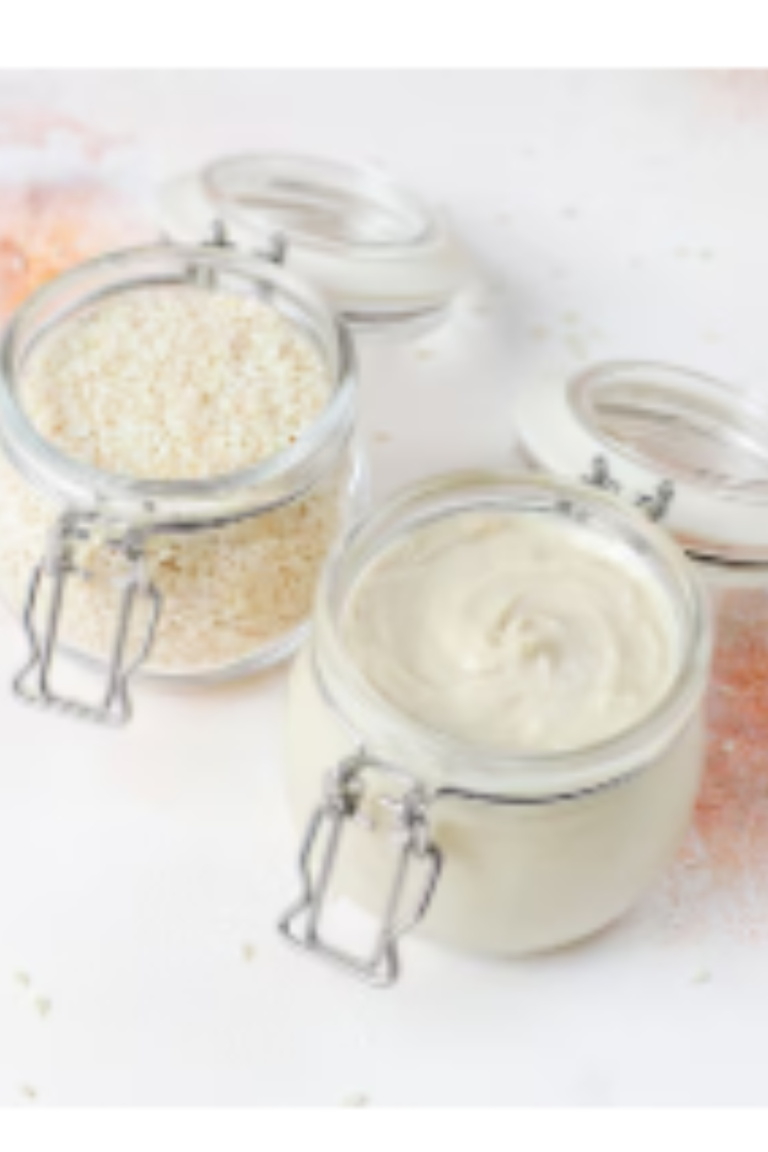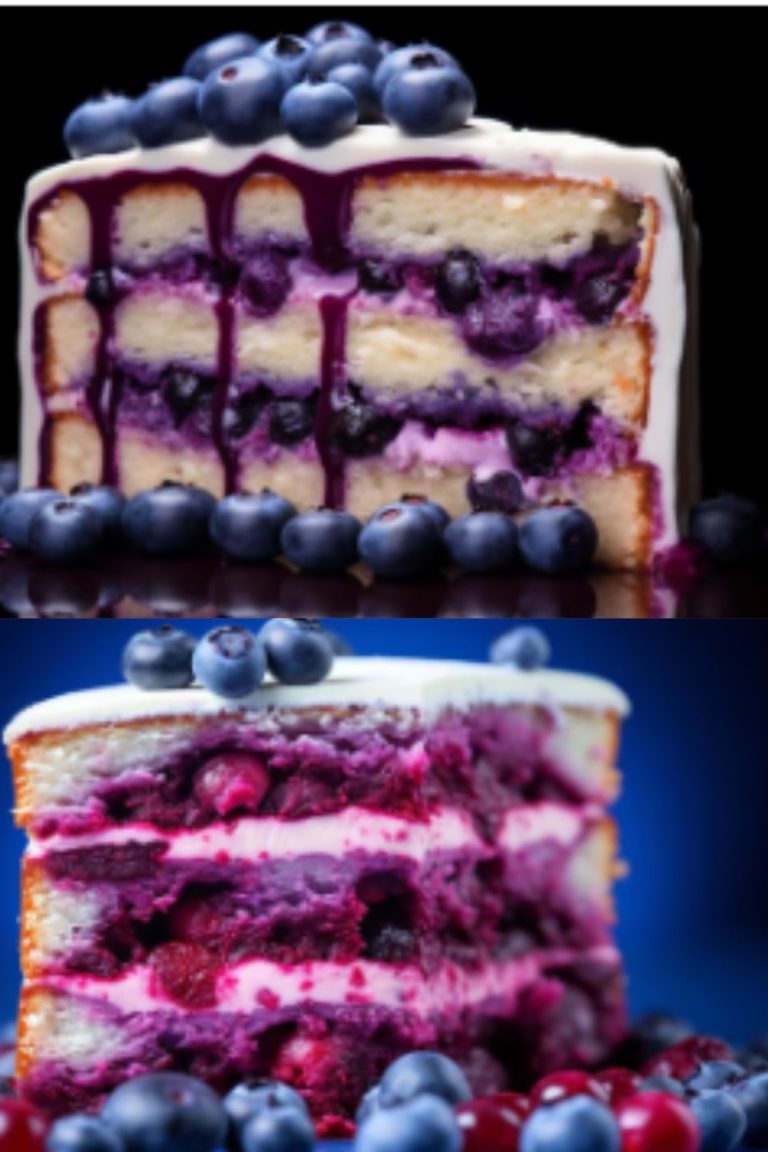ICG: Icing role in cake making Explained
Table of Contents
ToggleWhat is Icing?
Icing, also known as frosting, is a sweet, creamy topping applied to cakes and other baked goods. It’s made from ingredients like sugar, butter, and milk, and can be flavored or colored to suit any occasion.== >> Check out the right cake Icing tools and ingredients that you need here

The Role of Icing in Cake Making
1. Flavor Enhancement
Icing isn’t just about looks; it adds a layer of delicious flavor. Whether it’s rich chocolate, tangy cream cheese, or a light vanilla glaze, icing complements and enhances the cake’s taste.
2. Texture and Moisture
A good icing adds a smooth, creamy texture that contrasts beautifully with the cake’s crumb. It also helps lock in moisture, keeping the cake fresh and tender.== >> Check out the right cake Icing tools and ingredients that you need here
3. Visual Appeal
Let’s face it an iced cake is a feast for the eyes. From simple swirls to elaborate designs, icing allows for endless creativity and makes any cake look irresistible.
4. Structural Support
In multi-layer cakes, icing acts as a glue, holding layers together and ensuring stability. This is especially important for tiered cakes.== >> Check out the right cake Icing tools and ingredients that you need here

Types of Icing
- Buttercream: Creamy and versatile, perfect for piping and spreading.
- Fondant: Smooth and pliable, ideal for intricate designs.
- Glaze: A thin, shiny coating, often used for a subtle finish.
- Ganache: A rich chocolate mixture that adds decadence.
Icing is an essential component of cake making, offering flavor, texture, and beauty. Whether you’re a beginner or a seasoned baker, mastering the art of icing can elevate your cakes to new heights.
Different icing flavors
Delicious Icing Flavors to Try
Icing flavors can transform a simple cake into something extraordinary. Here are some popular options to consider:
1. Vanilla
A classic choice that complements almost any cake flavor. It’s made with vanilla extract and pairs well with fruit or chocolate cakes.
2. Chocolate
Rich and indulgent, chocolate icing is perfect for those who love a deep cocoa taste. It’s great on chocolate or red velvet cakes.
3. Cream Cheese
Tangy and smooth, this icing is ideal for carrot cakes or red velvet. It adds a delightful balance of sweet and tart.== >> Check out the right cake Icing tools and ingredients that you need here
4. Lemon
Bright and zesty, lemon icing adds a refreshing twist. Perfect for summer cakes or when you want a citrus kick.
5. Almond
With a subtle nutty flavor, almond icing works beautifully on white or almond cakes. It can add a touch of elegance to any dessert.
6. Coconut
Sweet and tropical, coconut icing is great for adding a hint of the islands to your cake. Try it with coconut or vanilla cakes.
7. Mint
Refreshing and cool, mint icing pairs wonderfully with chocolate. It’s a great choice for those who enjoy a unique flavor combination.
8. Caramel
Rich and buttery, caramel icing brings a decadent sweetness that pairs well with apple or spice cakes.
== >> Check out the right cake Icing tools and ingredients that you need here
Comparison tabular on this topic the key note and considrations on this topic
| Icing Flavor | Taste Profile | Best Pairings | Considerations |
|---|---|---|---|
| Vanilla | Sweet, classic | Fruit, chocolate cakes | Versatile but can be plain if overused. |
| Chocolate | Rich, indulgent | Chocolate, red velvet | Choose quality cocoa for best results. |
| Cream Cheese | Tangy, smooth | Carrot, red velvet | Keep refrigerated to maintain freshness. |
| Lemon | Bright, zesty | Summer, citrus cakes | Balance tartness with enough sweetness. |
| Almond | Subtle, nutty | White, almond cakes | Use almond extract sparingly. |
| Coconut | Sweet, tropical | Coconut, vanilla | Consider texture if adding shredded coconut. |
| Mint | Refreshing, cool | Chocolate | Avoid overpowering other flavors. |
| Caramel | Rich, buttery | Apple, spice cakes | Watch for sweetness levels; can be intense. |
Key Notes and Considerations
- Flavor Balance: Ensure that the icing complements the cake’s flavor without overpowering it.
- Texture: Choose the right icing type (buttercream, fondant, etc.) based on the desired texture.
- Temperature: Some icings, like cream cheese, need refrigeration to maintain their texture and safety.
- Ingredients: Use high-quality ingredients for the best taste, especially for flavors like chocolate or vanilla.
- Decoration Needs: Consider how well the icing will hold up for any decorations or designs you plan to create.
== >> Check out the right cake Icing tools and ingredients that you need here
FAQs on Icing Flavors
1. What is the best icing for a beginner to start with?
- Buttercream is a great starting point due to its simplicity and versatility.
2. Can I mix flavors in one icing?
- Yes, combining flavors like vanilla and almond can create unique tastes.
3. How can I make icing less sweet?
- Add a pinch of salt or a bit of lemon juice to balance the sweetness.
4. What’s the difference between frosting and icing?
- Generally, frosting is thicker and used for cakes, while icing is thinner and used for glazing.
5. How do I store leftover icing?
- Store in an airtight container in the refrigerator for up to a week.== >> Check out the right cake Icing tools and ingredients that you need here
Final Words
Exploring different icing flavors can elevate your cakes and add a personal touch to your baking. Don’t be afraid to experiment and find combinations that delight your taste buds. Happy baking.

Hi!
I’m Mike, the creator of Forum Foodies. In my own personal experience, understanding ingredients is key to great cooking.
Forum Foodies offers guides on various ingredients, from staples to exotic finds. Join our community, share your experiences, and learn from fellow food lovers.
Have questions or suggestions? Email me at info@forumfoodies.com. Let’s embark on this delicious adventure together.
Happy cooking.
Mike/
Related Posts
- CRM: Creaming role in cake making Explained
In this topic, I'm going to talk about the creaming method and its role in…
- WHP: Whipping role in cake making Explained
In this topic, I'm going to talk about WHP - Whipping. From my own personal…
- INF: Infusing role in cake making Explained
In this topic, I'm going to talk about the magical process of infusing flavors into…
- SCO: Scooping role in cake making Explained
In the world of cake making, every little detail matters. One technique that might seem…
- MIX: Mixing role in cake making Explained
When it comes to cake making, mixing is an art form that can make or…
- SLC - Slicing role in cake making Explained
When it comes to baking, the art of slicing can make or break the final…
- KNT: Knotting role in cake making Explained
In this topic, I'm going to talk about a fascinating aspect of cake making: KNT,…
- MCH: Machining role in cake making Explained
In this blog, I’m going talk about the MCH - Machining and its impact on…
- BRU: Bruising Role in Cake Making Explained
When it comes to baking, it’s easy to get caught up in the complexities of…
- CUT - Cutting role in cake making Explained
In this topic, I’m going to talk about the often-overlooked but crucial aspect of cake…
- TMP: Tempering Role in Cake Making Explained
In this topic, I’m going to talk about tempering, a technique that’s often overlooked but…
- FOLD: Folding role in cake making Explained
In this blog, I’ll talk about the art of folding and its crucial role in…
- VLC: Vulcanizing role in cake making Explained
In this topic, I’m going to talk about VLC, or vulcanizing, and its role in…
- RSL: Resolving role in cake making Explained
In this topic, I’m going to talk about RSL—Resolving and its crucial role in cake…
- BSH: Basting role in cake making Explained
In this topic, I'll talk about BSH basting and its role in cake making, sharing…






